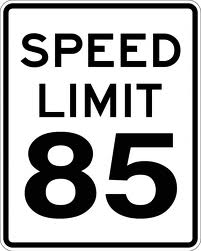Traffic counts on the new section of Texas 130, released Friday by the Texas Department of Transportation based on newspaper open records requests, show that the tollway southeast of Austin in its first couple of months was seeing fewer than 3,000 vehicles a day.
About 5 percent of those were big rigs in the 10 weeks between the road’s Oct. 24 opening and the end of the year, the period covered by open records requests filed with TxDOT by the American-Statesman and the San Antonio Express-News. The road saw 132 trucks with trailers per day between Mustang Ridge and Lockhart, and about 100 a day between Lockhart and Seguin.
Interstate 35, several miles to the west, saw more than 100,000 vehicles a day in 2011 counts taken by TxDOT.
The Texas Attorney General’s office rejected arguments from the Texas 130 Concession Co., which built and is operating the 85 mph road under a 50-year lease with TxDOT, that traffic and revenue information about the 41-mile tollway should not released to the public. The company had argued that the information constituted a trade secret and that disclosure would cause the company “competitive harm.”
The early numbers are about half of what the company predicted in 2008, according to Moody’s Investor Service, which is investigating whether credit ratings on the company’s $1.1 billion in debt on the road should be downgraded. The concession company, owned by a partnership of Spain-based Cintra and Zachry Construction Co. from San Antonio, spent about $1.3 billion building the road and paid TxDOT $140 million in lease payments.
That’s not a lot of traffic. The earlier story we heard was that the daily vehicle count was only about half of what had been originally estimated, but it didn’t say what that number actually was. I’m not sure what’s more remarkable, that the estimate was off by so much, or that 6,000 vehicles a day was considered worthwhile, at least at the beginning, for this project. If it’s mostly pass-through traffic that’s using SH 130, it’s certainly beneficial to get those vehicles off of I-35, but you really have to wonder how sustainable this is, and whether there might have been a more cost-effective solution.

